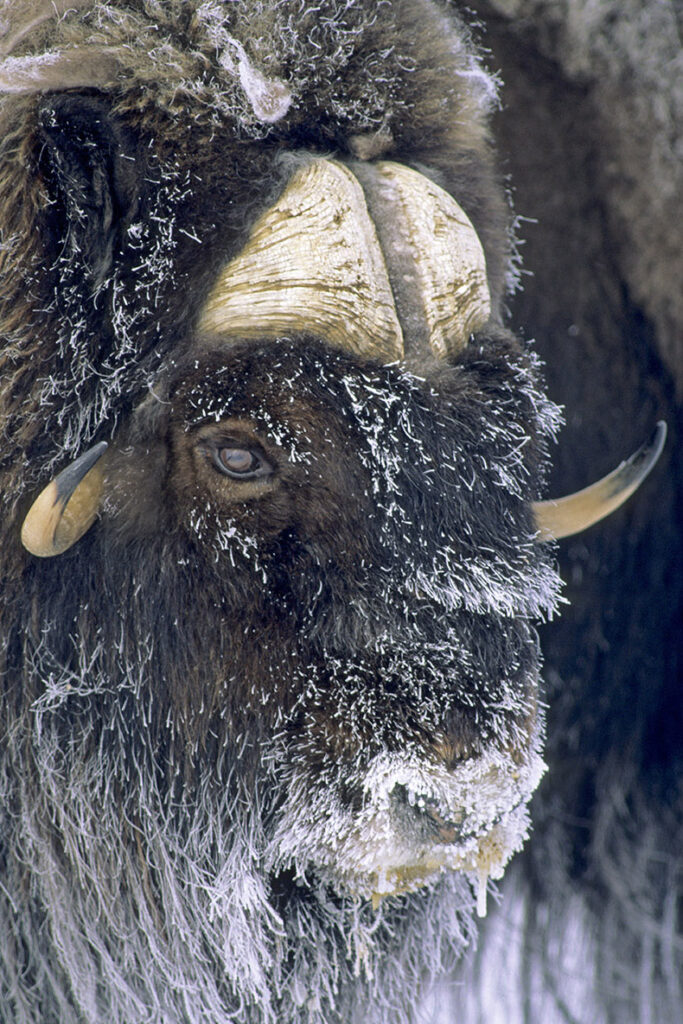
It was -25°- when I took this photo of a bull muskox. The frost on his fur attests to the frigid temperature.
Some of my fondest memories of arctic wildlife are so vivid that it seems I can still feel the wind ruffling my hair and hear the comforting songs of familiar tundra birds decades after the moment has passed. Such is my remembrance of a playful herd of muskoxen grazing beside a swollen stream on Banks Island in the Northwest Territories. It was the height of summer and the living was easy for these shaggy northern beasts. They were drawn to the stream side by the lush green sedges, and for over an hour I watched them feeding quietly. Suddenly one of the yearlings in the herd waded into the shallows and began to splash and jump in circles. It was soon joined by a second yearling and an adult female. All three of them, each on its own, tossed their heads, twisted, pawed and whirled around as if infected with an irrepressible glee. The apparent joy of the moment brought an embarrassing tear to my eye and I wiped it away before my Inuit companions could see how I was foolishly stirred by such a simple event in nature. The exuberance of the moment was over in less than a minute and soon afterwards the muskoxen quietly forded the stream and wandered out of sight. Even now as I write these words half a lifetime later I smile as I recall the wonderful deep feelings these animals evoke in me.
It was mid-April on Banks Island, NWT, and there were six bull muskoxen traveling together, feeding on the scanty sedges and grasses they could uncover on windblown ridges.
I saw my first muskoxen on Nunivak Island in Alaska’s Bering Sea in 1978. I was so mesmerized by the animal that a year later when I began working as a fulltime freelance writer and photographer I designed a business logo using the muskox as my inspiration and I have kept that same logo for 44 years.
The calf in these photographs is roughly three months old and has already started to graze on vegetation although it will still nurse periodically.
Twenty years ago there were an estimated 160,000 muskoxen in Canada – the lion’s share of the world population, with the greatest numbers on Banks Island in the Northwest Territories and Victoria Island in Nunavut. Since 2000, I have stayed in field camps on Victoria Island, seven different times, most recently in 2021. In the early years, I saw muskoxen almost every day, but since 2013 I have not seen a single muskoxen in three separate visits totalling over ten weeks of tromping the tundra. What was happening?
Long guard hairs, measuring up to 55 cm (21.6 in), hang like a fluttering skirt around a muskoxen’s relatively short legs. The lengthy hairs cover a thick insulating mat of fine under-wool that is the animal’s principal protection against the penetrating cold.
For several decades now, the Arctic has been getting noticeably warmer in winter. Warm winters with freezing rain can turn the snowy tundra into cement and muskoxen starve as a result. In one recent winter 70% of the muskoxen on Melville Island died of starvation when unseasonable weather conspired to lock their food under a layer of ice. Recently, another less visible villain has been killing the muskoxen. The culprit is a bacteria that goes by the tongue-twisting name Erysipelothrix rhusiopathiae. Normally found in pigs and poultry, the lethal bacteria had never been found in the Arctic before 2010, but now appears responsible for widespread muskoxen mortalities; the populations on Banks Island declining by at least 63%, and on Victoria Island by over 70%. Researchers speculate that the normal climatic barrier to the northward spread of pathogens has weakened exposing naïve animals, such as muskoxen, to bacteria with which they have no experience or immunity.
Below are some of my favorite muskoxen shots from my many years in the Canadian Arctic.
Muskoxen give birth to a single calf (twins are rare) in April while the Arctic is still in the grip of winter. The tenacious youngster can follow the herd within hours of its birth.
A trio of bulls rests on a hillside after grazing for several hours.
A mixed group of cows and bulls formed a protective circle around a single young calf that was peeking out from the herd visible in the bottom of the photograph on the left.
In summer, muskoxen shed their thick under-wool, which makes them look scruffy and in need of a brushing. The warm wool is collected by snow buntings and Lapland longspurs to insulate their nests.
This photo illustrates well the difference in the horn appearance between bulls and cows. In the male on the right, the base of the horns is visible as enlarged bossing whereas in the two females on the left their foreheads are covered with hair.
A young male muskox, such as the one in the middle of this picture, will generally join a group of adult bulls when it is three or four years old and has left the family herd in which it was born.
This bull is rubbing his foreleg with the gland below his left eye. This is a threat display intended to warn me not to approach any closer.
By slowly approaching this trio of resting muskoxen I was able to get very close without causing them to run away or display any anxious behaviour.
The main predator of muskoxen are Arctic wolves, but in some areas of Alaska they are also preyed upon by brown bears.
About the Author – Dr. Wayne Lynch
For more than 40 years, Dr. Wayne Lynch has been writing about and photographing the wildlands of the world from the stark beauty of the Arctic and Antarctic to the lush rainforests of the tropics. Today, he is one of Canada’s best-known and most widely published nature writers and wildlife photographers. His photo credits include hundreds of magazine covers, thousands of calendar shots, and tens of thousands of images published in over 80 countries. He is also the author/photographer of more than 45 books for children as well as over 20 highly acclaimed natural history books for adults including Windswept: A Passionate View of the Prairie Grasslands; Penguins of the World; Bears: Monarchs of the Northern Wilderness; A is for Arctic: Natural Wonders of a Polar World; Wild Birds Across the Prairies; Planet Arctic: Life at the Top of the World; The Great Northern Kingdom: Life in the Boreal Forest; Owls of the United States and Canada: A Complete Guide to their Biology and Behavior; Penguins: The World’s Coolest Birds; Galapagos: A Traveler’s Introduction; A Celebration of Prairie Birds; and Bears of the North: A Year Inside Their Worlds. In 2022, he released Wildlife of the Rockies for Kids, and Loons: Treasured Symbols of the North. His books have won multiple awards and have been described as “a magical combination of words and images.”
Dr. Lynch has observed and photographed wildlife in over 70 countries and is a Fellow of the internationally recognized Explorers Club, headquartered in New York City. A Fellow is someone who has actively participated in exploration or has substantially enlarged the scope of human knowledge through scientific achievements and published reports, books, and articles. In 1997, Dr. Lynch was elected as a Fellow to the Arctic Institute of North America in recognition of his contributions to the knowledge of polar and subpolar regions. And since 1996 his biography has been included in Canada’s Who’s Who.





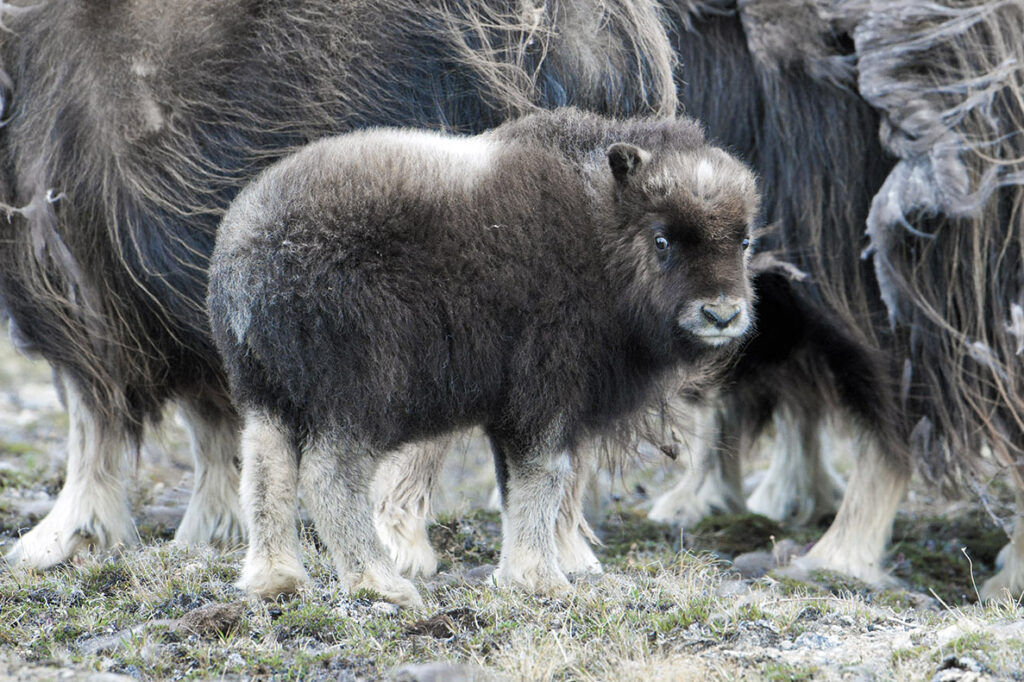


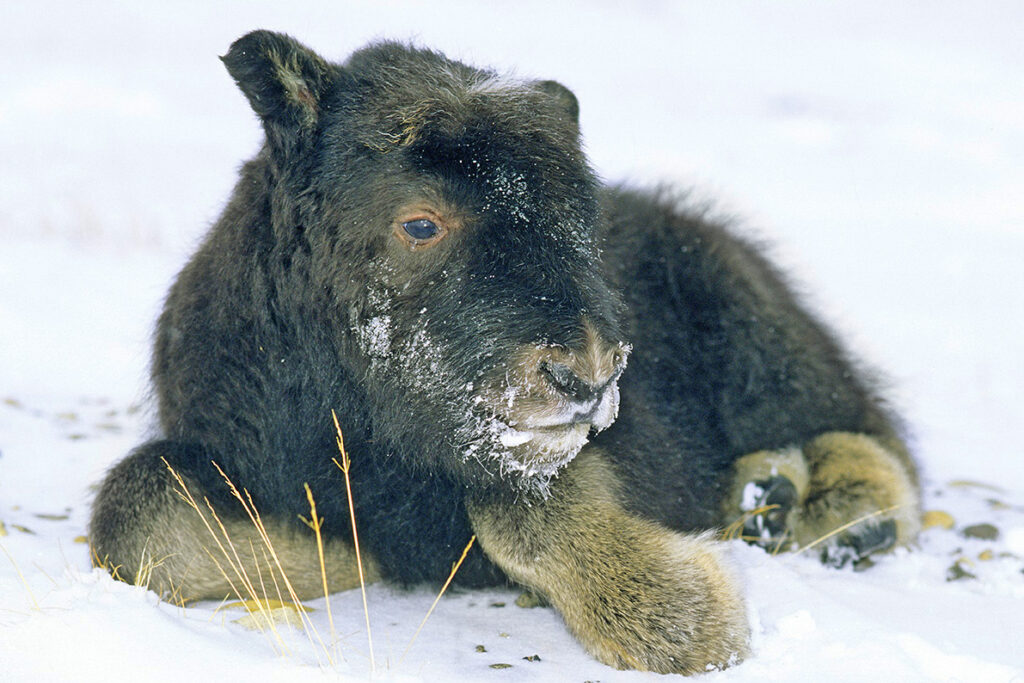
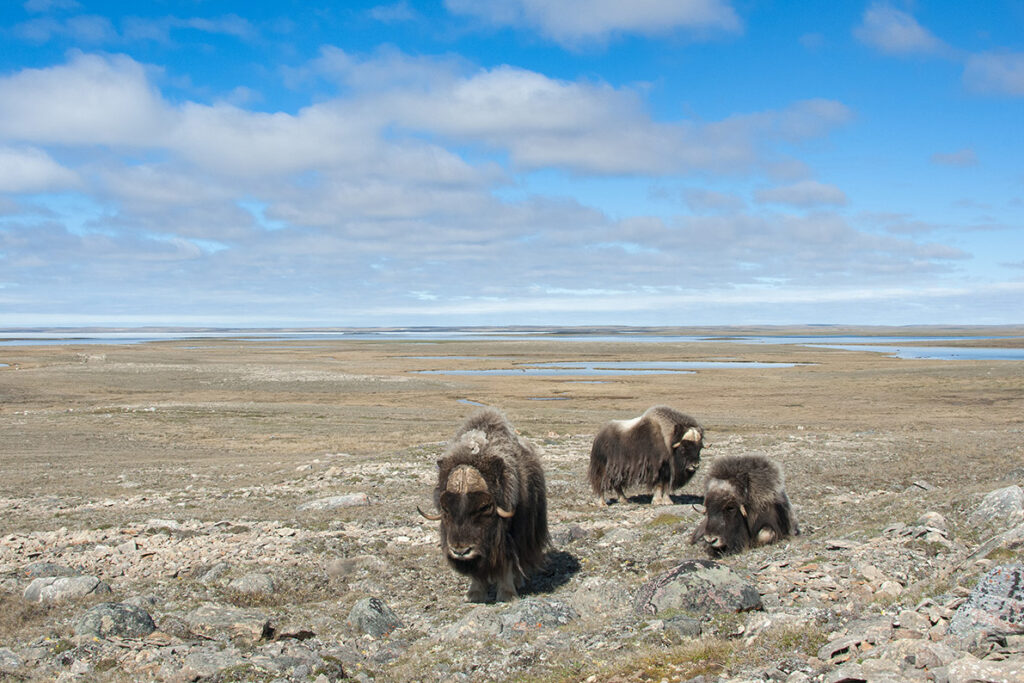
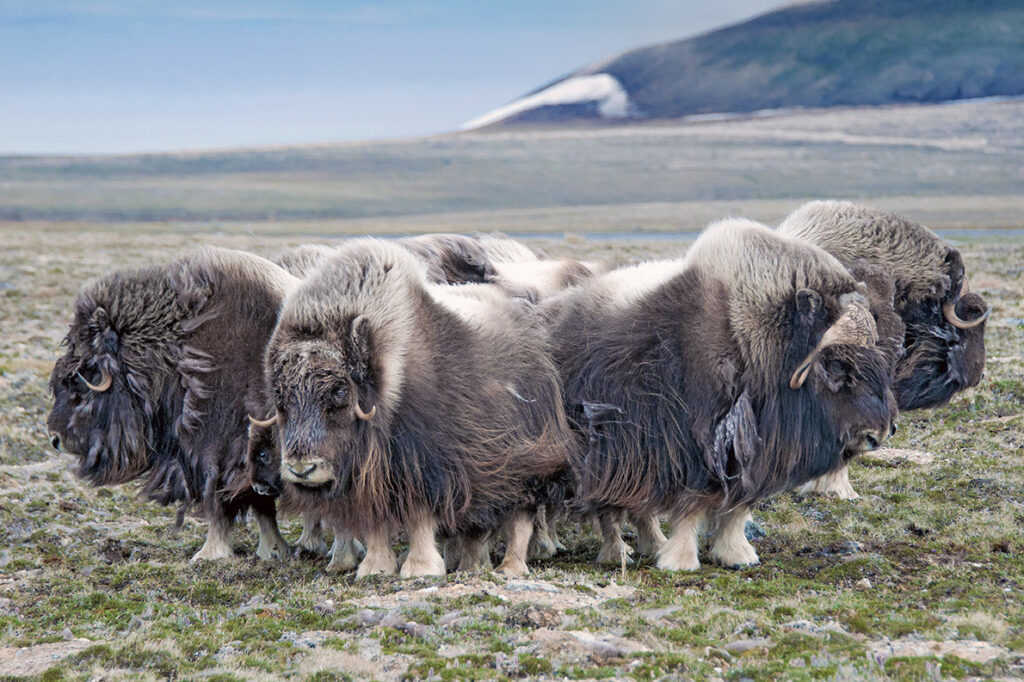
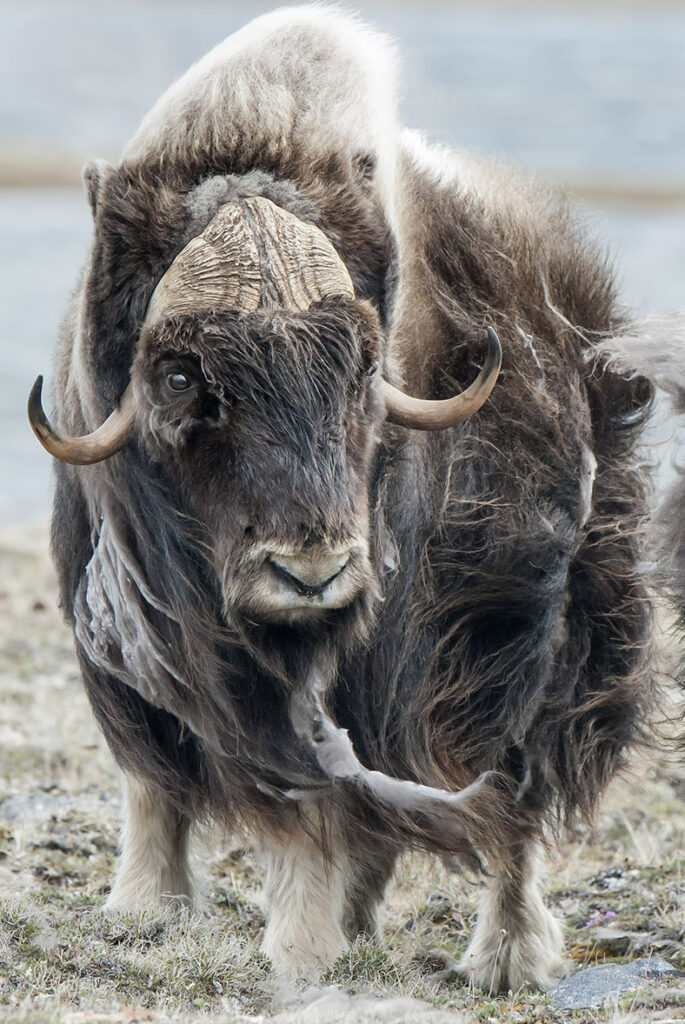
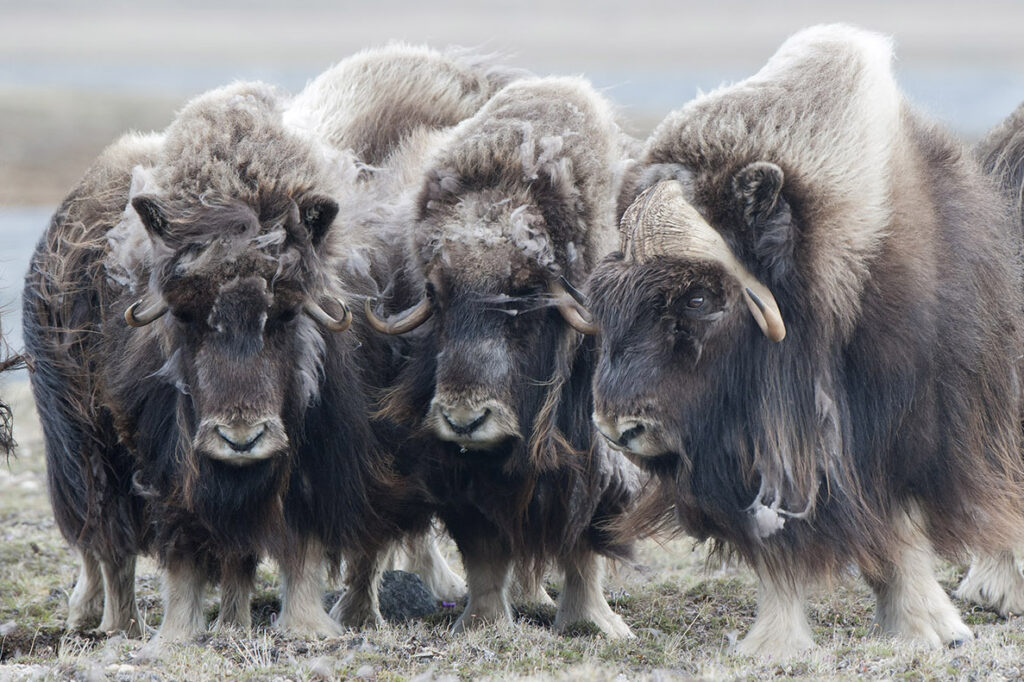

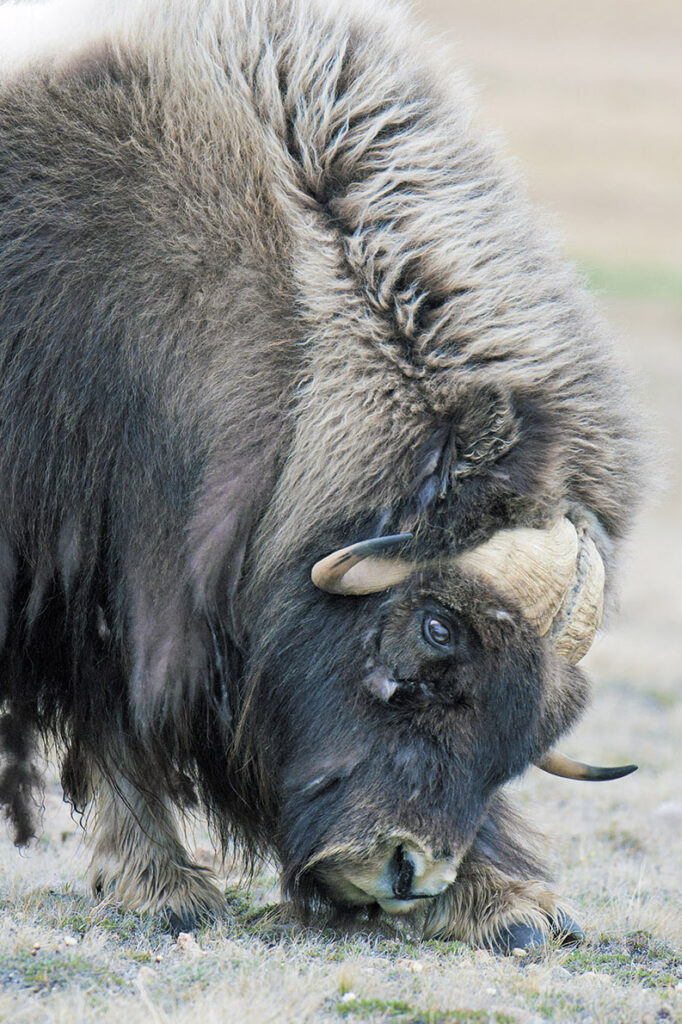
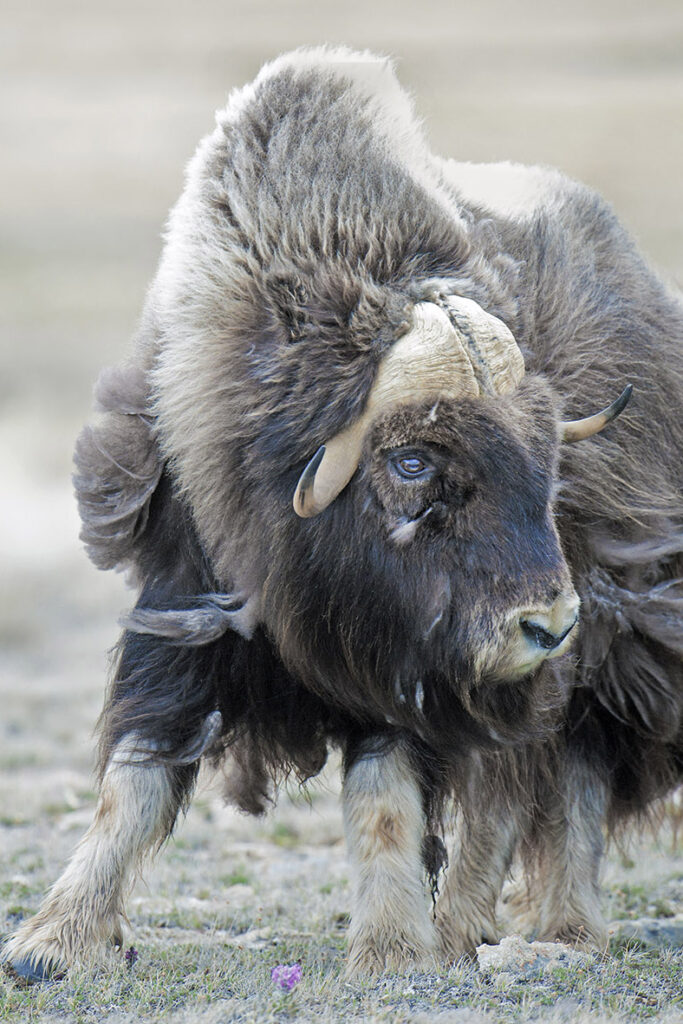
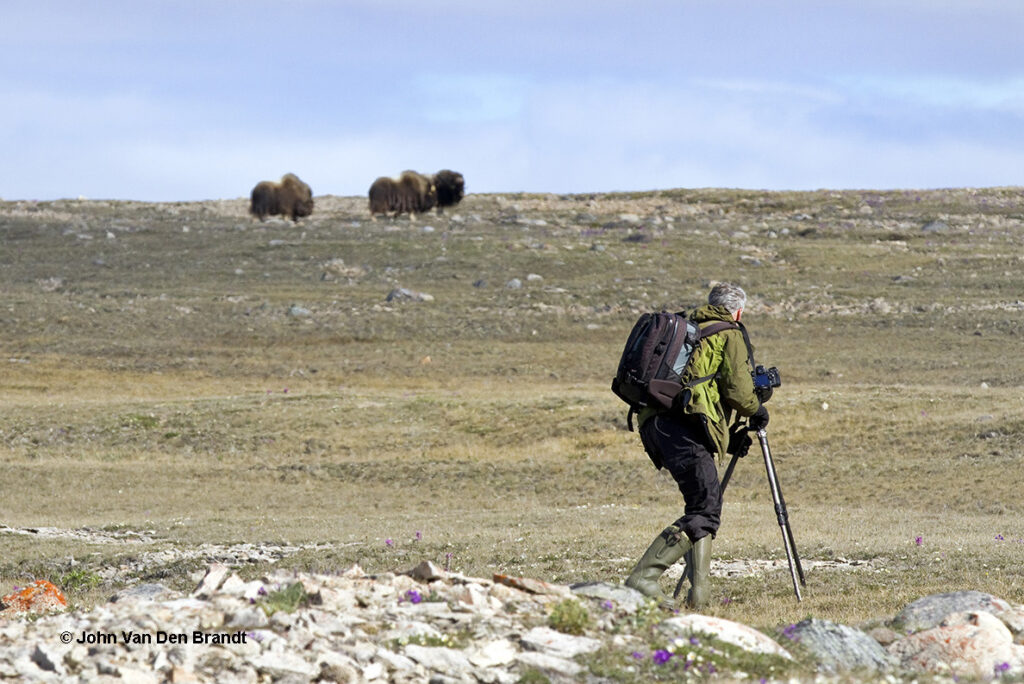
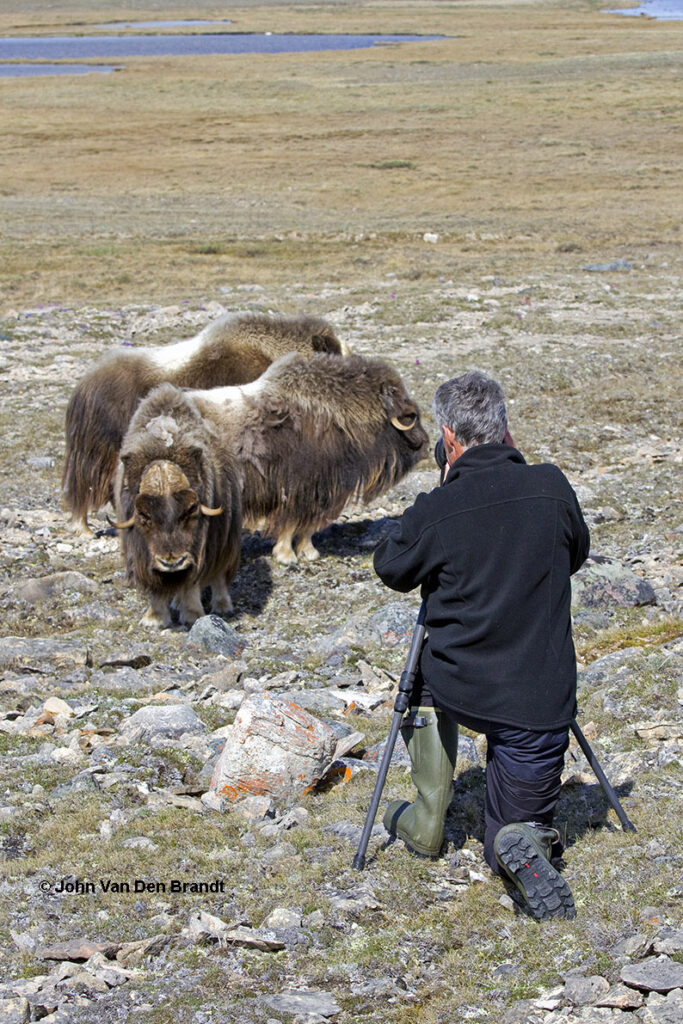

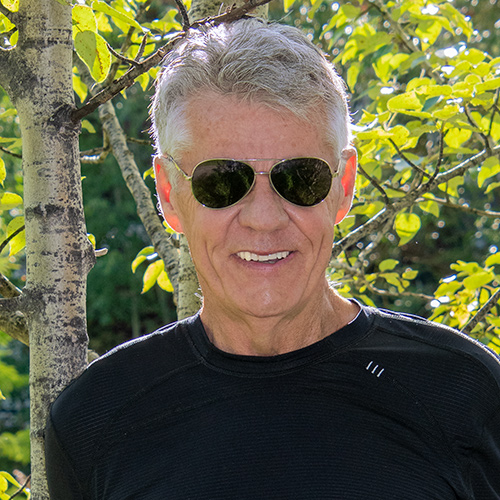





Been there done that sir, as a young helicopter mechanic in the early seventies. Been to Banks and Melville enroute to Resolute Bay , then to Axel Heiberg Island. All by helicopter from Toronto. My second tour was in the “summer” in Eureka where I took most of my photos with my trusty Minolta film camera. When the males put the calves & females together , then encircle them , it’s a hint , time to move on. If the head bull starts pawing the earth , double your speed. I also understand that they doing not sweat & must not be chased.
Hi Wilf. Thanks for sharing your oomingmak memories.
Wayne